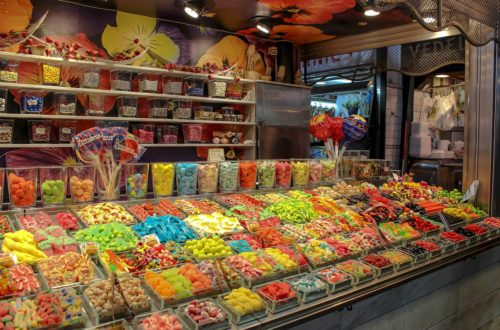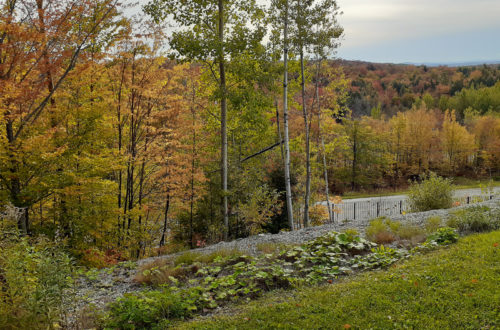Exploring Jinyun County – A Hidden Gem Near Shanghai
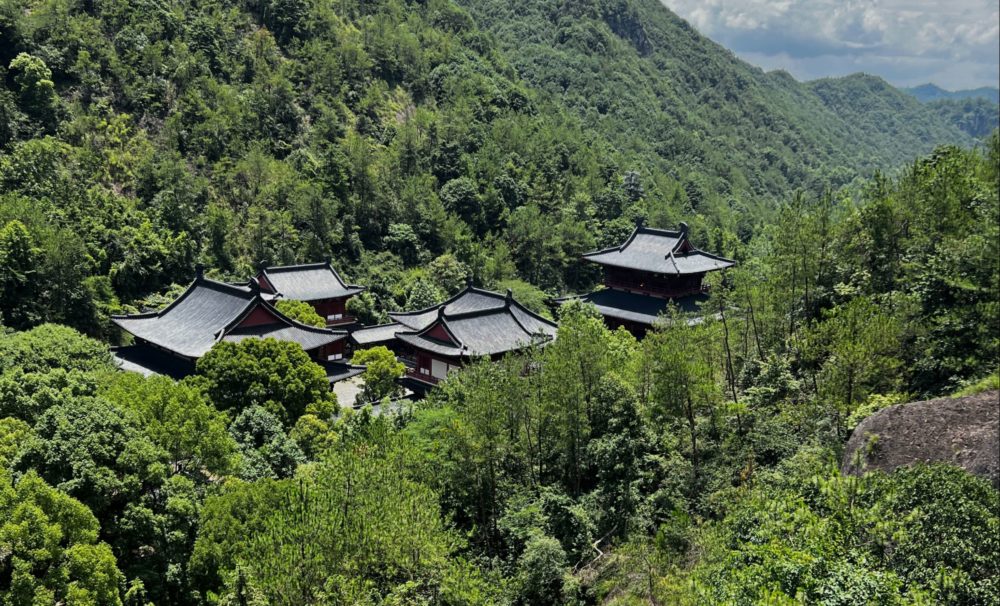
Jinyun County, a hidden gem 2 hours from Shanghai, offers hiking, temples, and transformed quarries: the local architectural bureau DNA has successfully preserved the traditional Wuju opera, showcasing the region’s cultural heritage. The landscape transformed swiftly as we travelled from the city to the countryside by a comfortable high-speed train. After a journey of two and a half hours, we reached our destination at sunset.
Mount Buxu and Yellow Emperor Temple
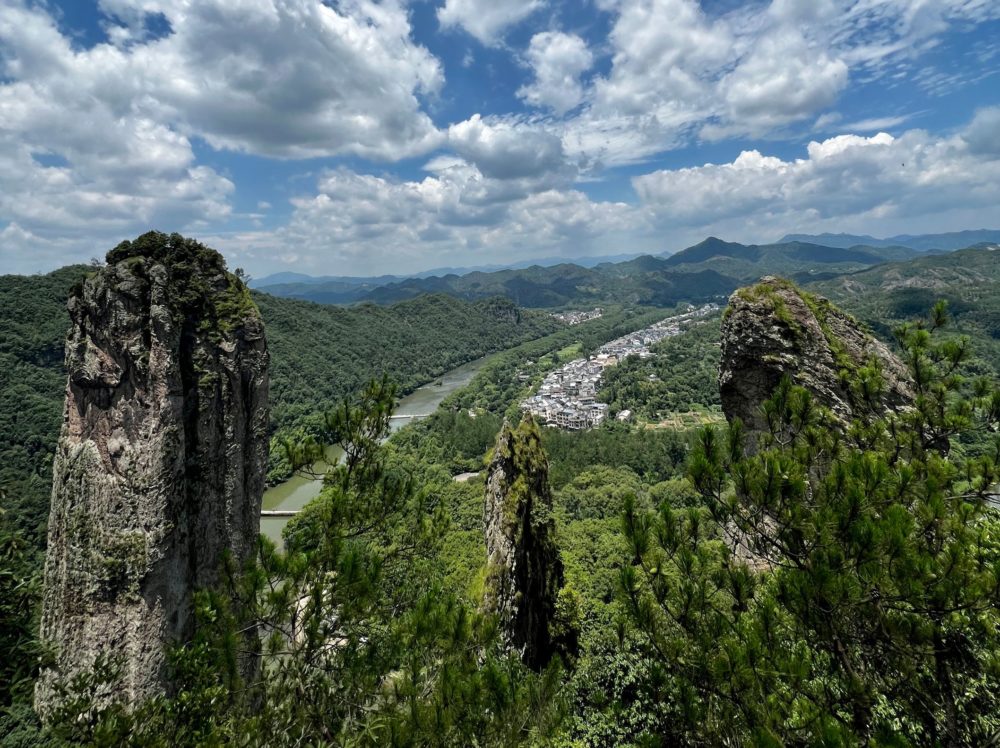
The following morning, we woke up early to avoid the heat and had breakfast with traditional Chinese cuisine. Afterward, we walked to the nearby scenic spots, which were only a 20-minute stroll away.
The first thing we started with was the Yellow Emperor Temple. In the courtyard of the temple, we witnessed a beautiful religious ceremony. The ascent to mountain Buxu lasted an hour featured various stops, stone pavilions, and viewing platforms, with minimal wait time. The descent back opened a top view of the temple and town.
The next day we walked 20 minutes to the quarries. At 8 am, it was already hot, around 30 degrees. Upon entering the first quarry, we were relieved by the coolness.
Quarry No. 10: Live Performance
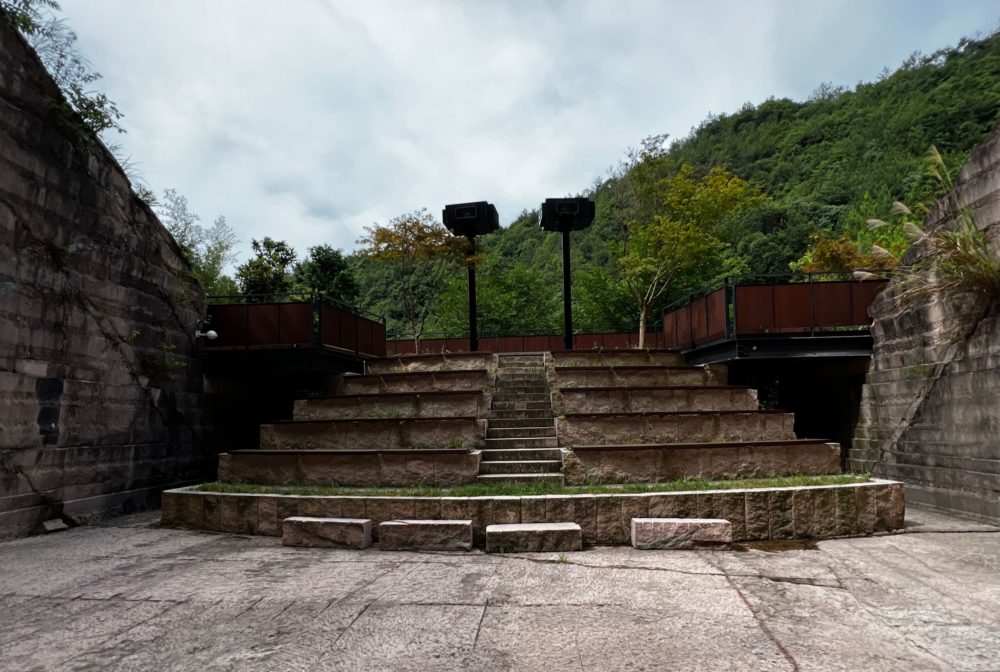
Quarry number 10 is a captivating showcase of vanished craftsmanship. The quarry is located in a wooded area, displaying an open sky rectangular space. To ensure safety, the quarry’s vegetation was cleared and edges secured. A ramp leads to a raised platform and a circular spectator stand, that offers a view of the performance and the landscape. Below is a room for workers’ tools. The tribune is made of local stone and divided by a central staircase.
Quarry No. 9: Stage Space
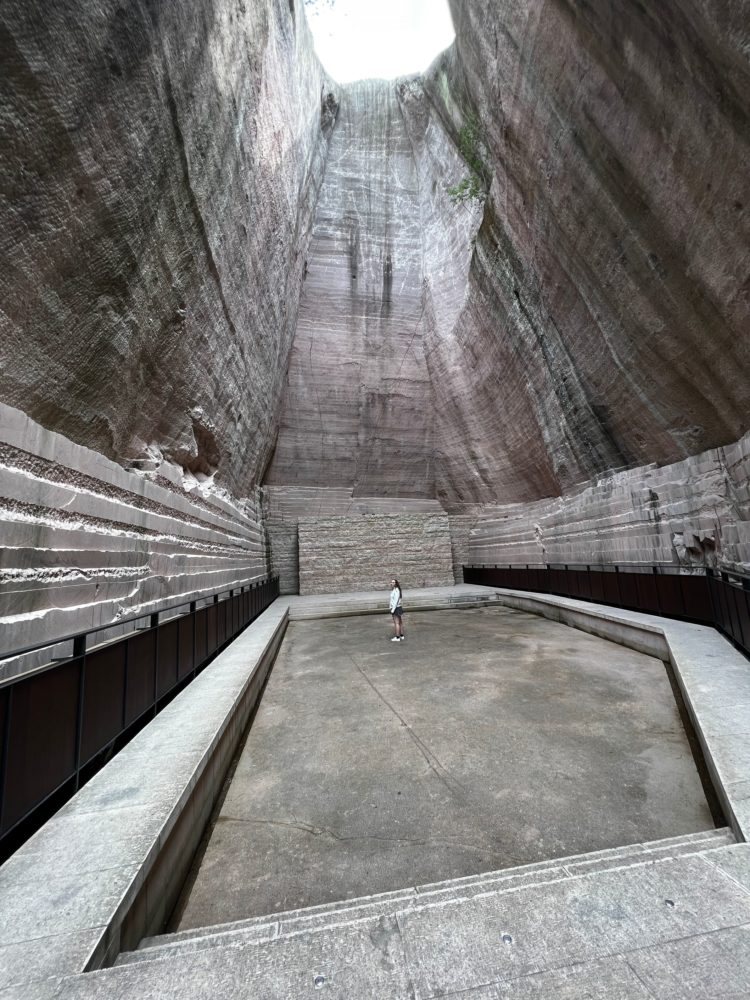
Quarry No. 9 showcases top-down mining with a narrow entrance that opens into a rectangular area, resembling a high-pitched roof. Daylight filters through a narrow slit, revealing the lower part created by machine excavation. The cathedral-like space, partly covered at the rear, possesses exceptional acoustics. Its unique shape emerged during stone quarrying. The side railings feature panels for enhanced acoustics and sound absorption, making it versatile for various environments such as lectures, performances, and staging traditional Wuju opera. When rain falls, it accumulates in the lower part of the space, creating a mirror-like effect that reflects the surroundings.
Quarry No. 8: Book Mountain (Shushan)
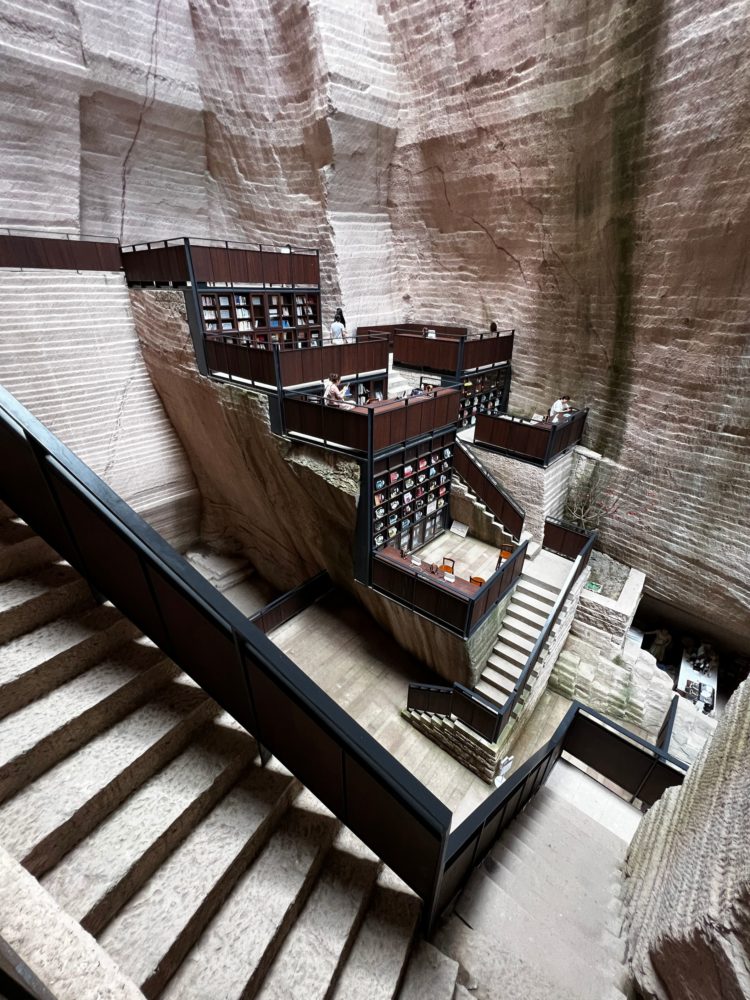
At 9:30 AM, tourists visit the quarries and leave promptly. We savor iced coffee at the café and enjoy music and books upstairs. The quarry, named after the mountain Jinyun, serves as Jinyun’s calling card. The Tang Dynasty poet Han Yu believed that the path through the Mountain of Knowledge (Shushan) requires diligence. In the interior, stone terraces reach 12 meters high, requiring effort to ascend. These platforms house bookshelves and study areas, allowing visitors to immerse themselves in stone inscriptions and calligraphy.
To conclude, here are a few travel tips:
- You should buy high-speed train tickets in advance,
- Late September is the best time to travel to China,
- Hotels typically offer breakfast only, while embankments host numerous eateries and micro shops.
Would you like to receive similar articles by email?



